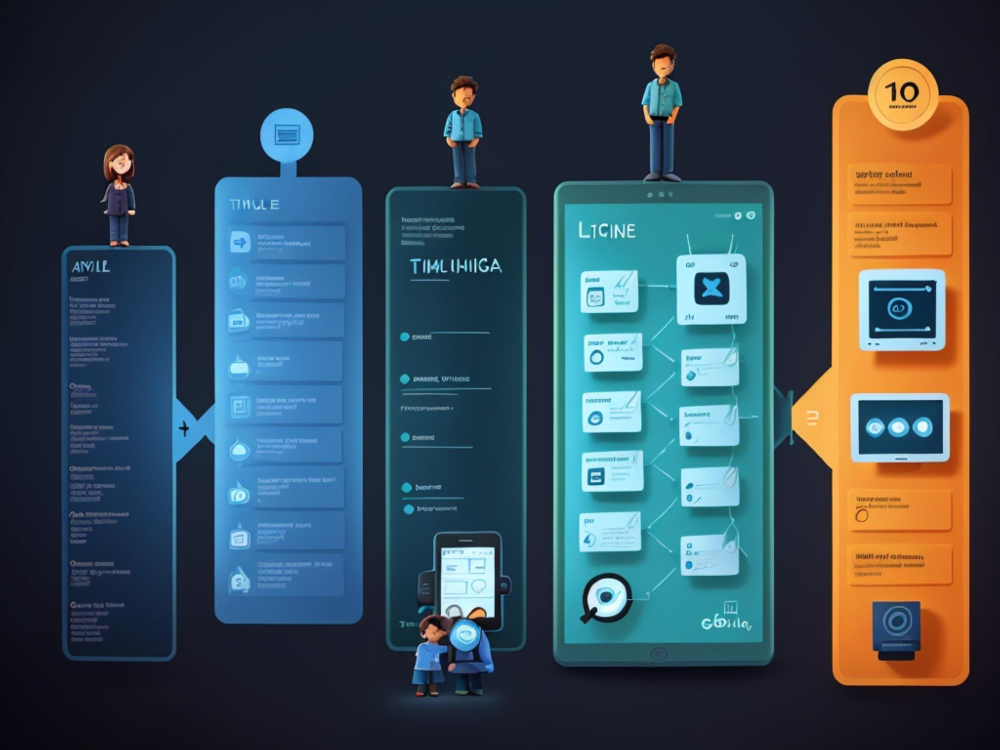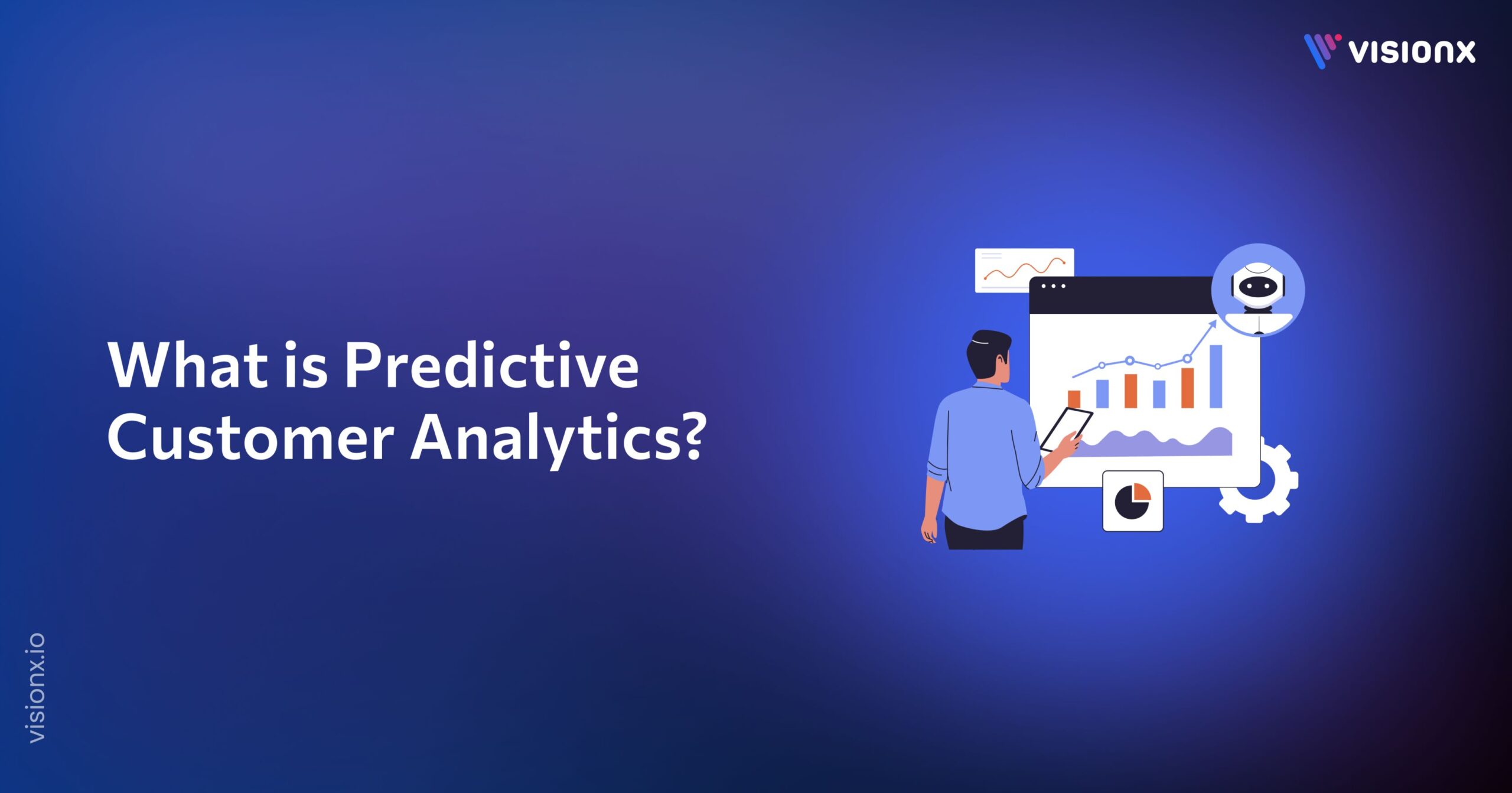Mobile apps have become an integral part of our daily lives. According to App Annie, consumers spend 4 hours per day using apps, accounting for 90% of mobile internet time. With such a massive impact, getting your app idea to market can determine the success or failure of your product.
But how long does it take to develop an app? This is a key question to answer when planning your timeline and budget. App development timeline is influenced by the type of app (native, web, or hybrid), complexity of features, need for custom designs, and amount of content, among other factors. A basic app can take as little as 2-3 months, while complex apps with advanced functionality can take over a year.
Understanding typical timeframes is crucial for assembling your development team, allocating resources efficiently, and bringing your app from idea to launch as effectively as possible. In this blog post, we’ll look into the key considerations around app development timeline including common stages of development, factors that cause delays, tips for realistic planning, and example schedules for launching at the right pace.
App Types and Their Development Timelines
Apps can be broadly classified into three categories based on their complexity and functionality:
1. Simple Apps
Simple apps have a narrow, well-defined functional scope. They may perform one or two key tasks, like calculating tips or storing grocery lists, without complex user interfaces or custom integrations.
The development timeline for basic apps is 2-3 months with a small team. The planning stage establishes the core features. Design and development proceed rapidly given the limited scopes. Testing and launch follow over the next month or two.
2. Medium Complexity Apps
Moderately complex apps have multiple functionalities like social networking, data visualization, multimedia content sharing etc. They require customized designs, robust backend infrastructure, and 3rd party integrations.
Developing mid-level apps takes 3-6 months typically. More time is needed for UX design, cloud infrastructure setup, and writing integration code. Rigorous testing is done before launch.
3. Complex Apps
Highly complex apps include 3D games, enterprise software, IoT products etc. They have advanced animations and graphics, cross-platform support, predictive analytics, machine learning and more running behind elegant interfaces.
Owing to longer design phases and intricate development, these apps can take 6 months to over 1 year. Ideation starts with prototyping novel interactions and algorithms before coding begins. Careful incremental development is key with constant user testing.
Factors that influence App Development Timeline
Here are some of the main factors that influence App development timeline:
1. App complexity
The complexity of an app’s intended features and functionality is a major determinant of how long it will take to build. Simpler apps like basic calculators or minimal viable products can be developed much faster, often within a few weeks or months.
They require less coding effort and simpler testing. Complex apps like social networks, on-demand services, or enterprise solutions can have far more elaborate architectures and capabilities.
Elements like custom animations, 3D graphics, artificial intelligence, server-side infrastructure, and real-time synced data across large user bases all add substantial development, testing, and iteration time. The more complex the app, the longer the timeline.
2. Number of features and functionality
The number of intended features directly impacts the mobile app development timeline. Every new feature adds more design, code, testing, and documentation effort. So an app with just core user flows like login and settings may only take a month or two, while a feature-rich app like a messaging platform with capabilities like group chat, multimedia sharing, and syncing across devices could take 6 months or more in order to code, optimize, test, and stabilize every component. Keeping feature scope contained is key to shorter timelines.
3. Development platform (native vs cross-platform)
Native app development is tailored to one specific platform like iOS or Android. While this allows greater optimization and utlilization of native device capabilities, it also means developing core components twice, once for iOS and again for Android. So native development takes more total effort and thus longer timelines. Cross-platform tools like React Native and Flutter allow faster development and testing across platforms, albeit sometimes by sacrificing a bit of performance or user experience.
4. Integrations with third-party services
When apps connect to external platforms like payment gateways, maps, chatbots, or other third-party SDKs and APIs, it adds a further layer of effort. Developers must learn and implement the integration code properly, and testers need to account for more scenarios. If the third-party services later change their specifications, this causes ongoing maintenance effort too. Such integrations easily add weeks or months to the timeline depending on complexity.
5. Team size and experience
App projects require a diversity of complementary skills – coding, design, QA, release management etc. Larger teams allow these disciplines to work in parallel instead of placing all responsibility onto only 1 or 2 developers. This division of labor speeds up overall delivery velocity. And seasoned professionals adept in patterns like automated testing and continuous delivery best practices help optimize development life cycles versus novice team members. All this lets bigger, more senior teams maintain shorter timelines for complex apps.
6. Codebase
Building on top of existing code or reusable frameworks/components from past projects allows faster progress since validated solutions don’t have to be rebuilt from scratch. The alternative of creating everything new requires more gradual evolution until the codebase matures and stabilizes. This is why startups acquiring proven platforms often accelerate their roadmaps – they avoid much preliminary foundation-laying.
7. Project management
Following modern software methodologies like agile development emphasize iterative delivery, continuous user testing, scope containment, and clear specifications documentation. This collective discipline prevents unstructured “code and fix later” approaches that can lead to prolonged efforts. Apps crafted with such techniques tend to coalesce faster into higher-quality solutions ready for release testing. So sound project management directly keeps timelines in check.
8. Regulatory requirements
Apps in spheres like healthcare, finance, insurance, transportation, etc. have to comply with extensive regulations around areas such as data security, privacy, and public safety. This places further testing and documentation responsibilities during coding to ensure all compliance boxes are continually checked. Thus development velocity has to compensate for the extra diligence needed in such regulated app categories by budgeting more calendar time.
A Systematic Approach to Estimating Timelines
Accurately estimating the app development timeline is crucial for setting realistic expectations and proper budgeting. Follow these key steps:
Categorize by App Type
Group the app into a basic type like:
- Simple Utility (calculator, widget)
- Basic Productivity (todo list, notes)
- Complex Line-of-Business (CRM, ERP)
- Interactive Game
- E-commerce Marketplace
Each category has typical timeline ranges.
Gauge Level of Complexity
Assess complexity across factors like:
- Number of key features and screens
- Types of integrations needed
- Amount of customized graphics/media content
- Backend infrastructure requirements
- Data sync needs
- Security protocols etc.
This gives a complexity score for timeline impact.
Research Industry Average Timelines
Consult public data on average timelines for apps of that type and complexity tier. Many analytical firms publish benchmark reports.
Break Down by Phases
Map major phases like design, development, QA, and submission/release. Estimate timeline per phase based on app scope.
Build in Buffer Time
Add a buffer of 10-20% to account for unforeseen delays or change requests.
Adjust estimates as requirements evolve. Improve precision by working with experienced developers.
Critical Ingredients for App Development Success
Crafting high-quality apps on budget and on schedule demands paying attention to some vital areas:
Set Clear Requirements and Objectives
- Document detailed feature requirements, user stories, and UI workflows
- Define success metrics like user activation, retention, revenue goals
- Prioritize must-have vs nice-to-have scope
- Lockdown technical architecture needs
This alignment upfront streamlines priorities and decision-making down the road.
Maintain Rigor in Project Management
- Schedule development sprints, milestones, delivery cadence
- Continuously track progress via burndowns, reports
- Monitor budget utilization
- Identify resourcing bottlenecks early
- Ensure infrastructure/tooling supports team efficiency
Ongoing oversight minimizes wasted efforts or surprises.
Implement Comprehensive Testing Cycles
- Automate unit, integration, and UI testing flows
- Conduct ongoing informal user testing
- Schedule periodic formal user acceptance testing
- Test across a range of devices and use cases
- Fix defects as early as possible in cycles
Meticulous testing reduces late-stage issues and rework.
Embrace Agile Methods for Flexibility
- Work in rapid iterations with continuous feedback
- Expect and smoothly adapt to requirement changes
- Keep modules and architecture modular
- Refactor code to extend functionality more easily
- Maintain working software at all times
Agility powers responsiveness over rigidity.
The above foundation sets up app builds to progress robustly toward successful customer adoption and business value realization
Key Takeaways on App Development Timeline
As we have explored, the app development timeline hinges upon a range of intersecting factors – complexity, features, team dynamics, platforms, and more.
While exact time estimates require consultation with experienced developers, keep these general guidelines in mind:
- Simpler apps may only take weeks or months
- Typical business apps often range from 3-6 months
- Highly complex apps can stretch beyond a year
Carefully evaluate how elements like integrations, custom media, data infrastructure, and compliance impact your timelines.
Be sure to build in buffer time, and expect requirements to evolve. Embrace agile principles to adapt efficiently.
While launching an app is easier than ever, executing effectively still demands thoughtful coordination across many moving parts. Partnering with a trusted development team goes a long way. Reach out for a consultation on charting the optimal timeline, budget, process and team for your app – and turn your big idea into digital reality.


